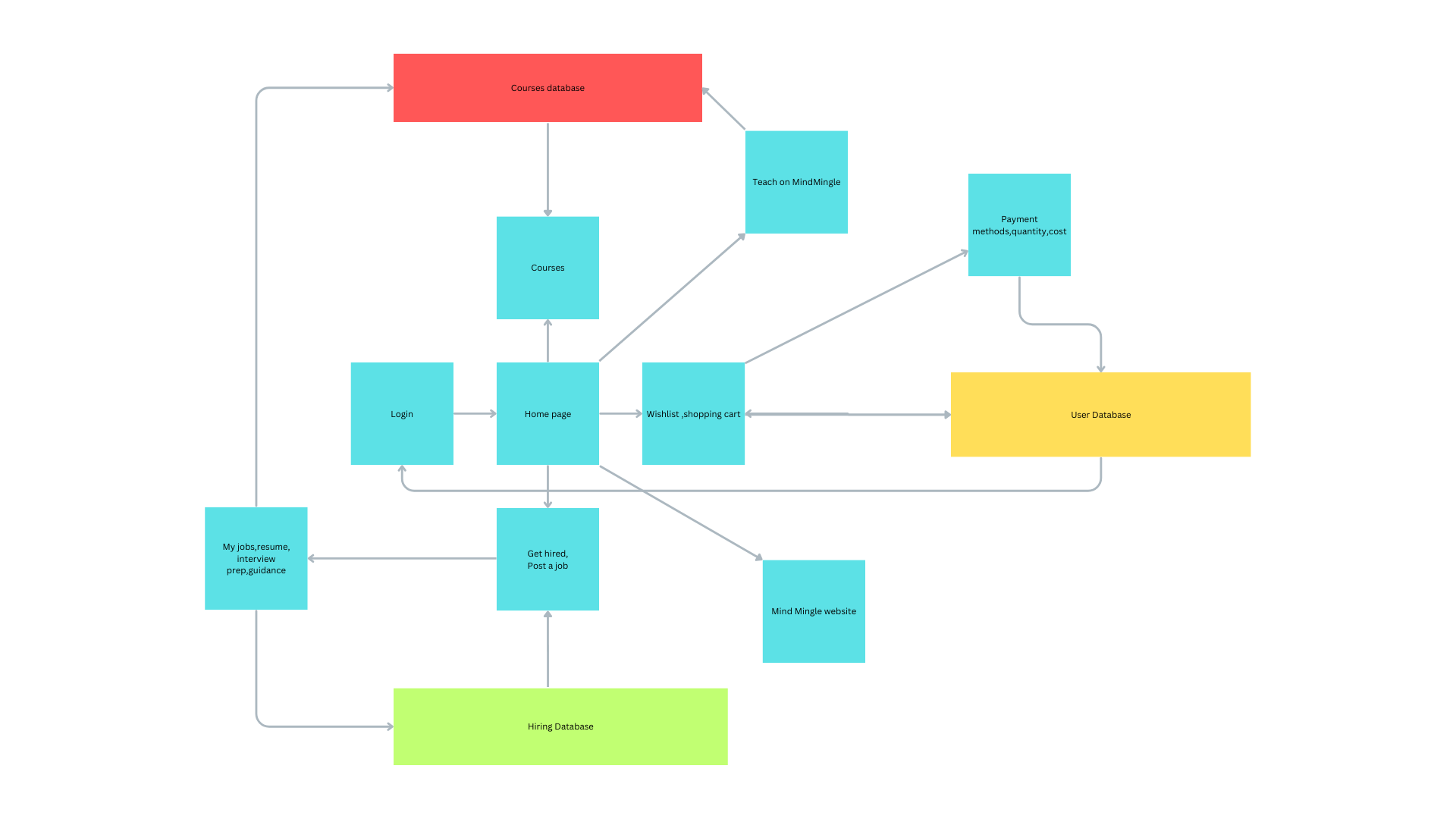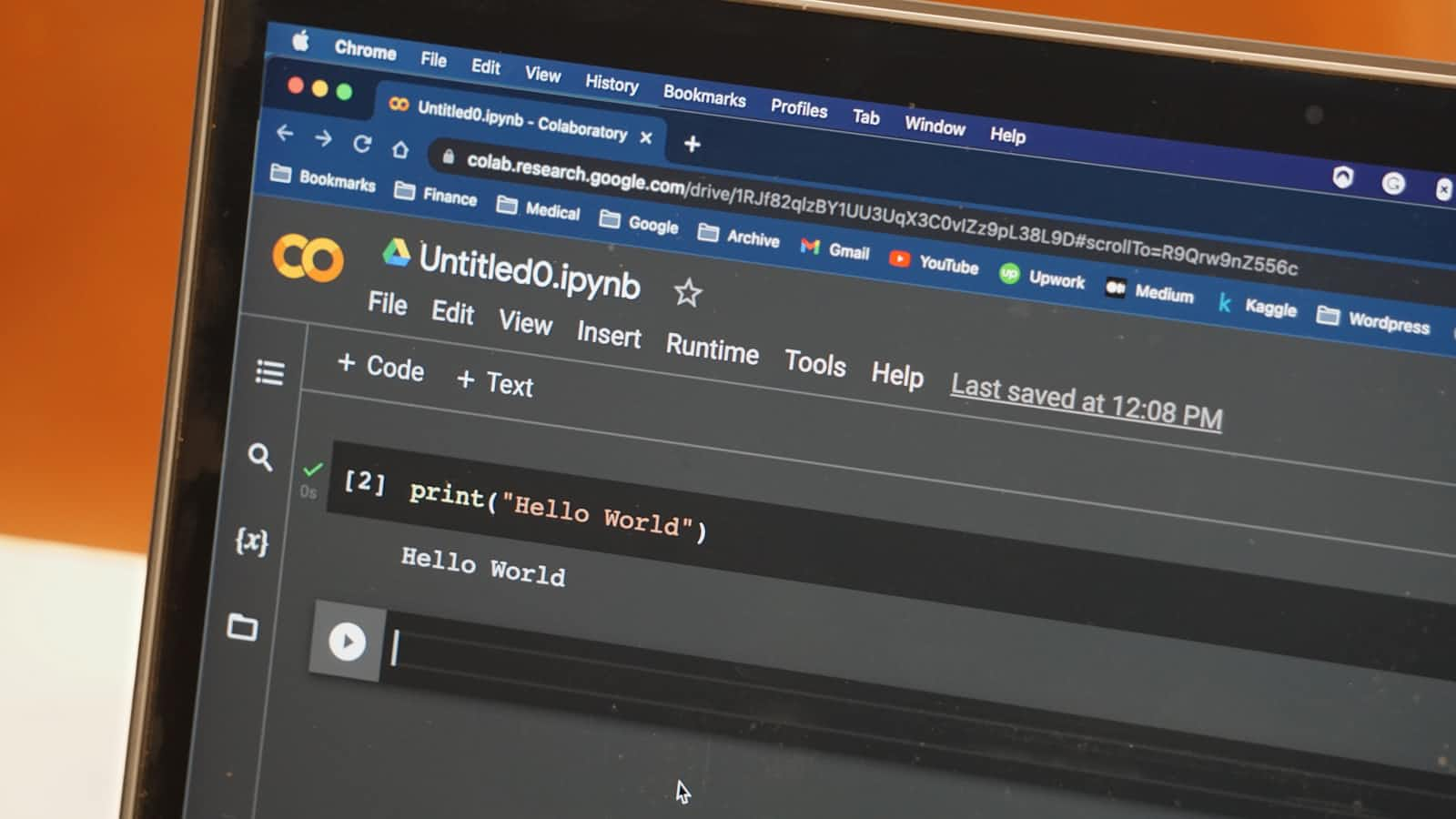Guide to Transformers in Python Programming
 Rahul Boney
Rahul Boney
Transformers have revolutionized natural language processing (NLP) and are now a cornerstone in machine learning models for tasks like text classification, translation, and more. In this guide, we'll explore what transformers are, how they work, and how you can use them in Python.
What are Transformers?
Transformers are a type of deep learning model designed to handle sequential data, such as text. Unlike traditional sequence models like RNNs or LSTMs, transformers process data in parallel, making them faster and more efficient for tasks involving large datasets.
How Do Transformers Work?
At the heart of transformers are self-attention mechanisms. These mechanisms allow the model to weigh the importance of each word in a sentence when making predictions. By attending to relevant words, transformers can capture complex relationships and dependencies in the data.
Using Transformers in Python
Step 1: Setting Up
To use transformers in Python, we typically use libraries like Hugging Face's transformers library, which provides easy access to pre-trained models and tools for fine-tuning.
pythonCopy codefrom transformers import pipeline
# Example of using a pre-trained model for sentiment analysis
classifier = pipeline('sentiment-analysis')
result = classifier("Transformers are amazing!")
print(result)
Step 2: Fine-Tuning for Your Data
For specific tasks or domains, you may need to fine-tune a pre-trained transformer model on your own dataset. This involves adjusting the model's parameters to better fit the nuances of your data, which can improve performance significantly.
Step 3: Integrating with Your Application
Once fine-tuned, you can integrate the transformer model into your Python application. This might involve building an API, integrating with a web service, or using it in a larger machine learning pipeline.
Conclusion
Transformers have democratized advanced NLP tasks by providing powerful, flexible models that anyone can use. In Python, libraries like transformers make it straightforward to harness their capabilities, whether you're a beginner or an experienced data scientist.
By understanding the basics of transformers and following these steps, you can start leveraging these cutting-edge models in your own projects. Happy coding!
Subscribe to my newsletter
Read articles from Rahul Boney directly inside your inbox. Subscribe to the newsletter, and don't miss out.
Written by

Rahul Boney
Rahul Boney
Hey, I'm Rahul Boney, really into Computer Science and Engineering. I love working on backend development, exploring machine learning, and diving into AI. I am always excited about learning and building new things.